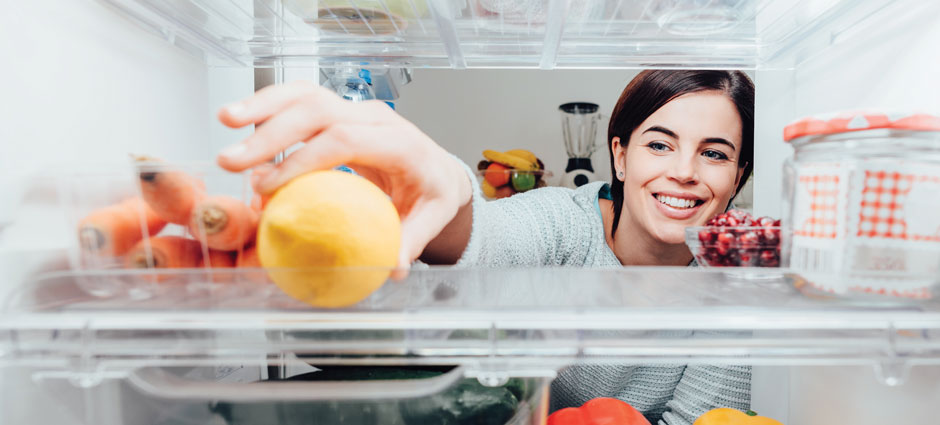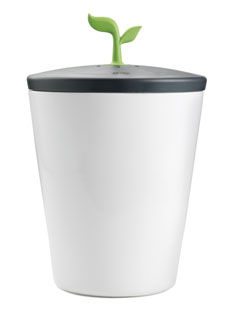The numbers are staggering: 40 percent of all food produced in the U.S. is thrown away, half of which happens at home. Meanwhile, one in seven Americans is food insecure, meaning they either don’t have enough to eat or don’t know where their next meal is coming from. So, what can we do to reduce food waste? Take it one step at a time by becoming a food hero.
Here are a few ideas, courtesy of Phoenix-based chef Omei Eaglerider, head of the Fry’s Cooking School, to get you started on the path of wasting less food and being a food hero.
PLAN
Start with a three-day menu plan, and add to it as you go. Most people, without knowing it, rotate through only a few different meals. Plan for leftovers, and have a clean-out-the-fridge dinner once a week.
BUY SMART
Purchase only what you will use—that bulk bargain deal is only worth it if you are able to use the food before it spoils. Don’t be afraid of the “uglies:” Produce doesn’t have to be picture-perfect to be delicious, and you can often save money, too.
PREP
Stock your pantry, and keep an ongoing inventory. Do your food prep right after shopping: Wash, dry, chop, dice, slice and portion into storage containers. This not only reduces food waste, but it will make cooking that much easier during the week.
We often toss out parts of our food that are edible, nutritious and tasty. Think “root to stem” and “nose to tail” cooking; leave skin on produce, use tops and greens in salads or sauces, and save bones and scraps for broth.
STORE
Keep your pantry, fridge and freezer organized. Check your refrigerator and cupboards before shopping to avoid buying food you already have.
STORAGE TIPS TO REDUCE FOOD WASTE
- Many fruits give off natural gases as they ripen, making other nearby produce spoil faster. Store bananas, apples and tomatoes by themselves. And store items in the right place. See tips at right.
- Extend the life of your produce by preserving any surplus. A few simple methods are freezing, pickling or dehydrating.
- Still can’t eat it all up? Try composting (read about the EcoCrock below).
BEST PLACES TO STORE YOUR FOOD
Store in the fridge: Almost all vegetables and herbs; berries, cherries, grapes, kiwis, lemons, oranges
Store on counter, and refrigerate once ripe: Melons, nectarines, apricots, peaches, plums, avocados, pears, tomatoes
Store at room temp: Basil and winter squashes (once cut, store squashes in fridge)
 COMPOST WITH AN ECOCROCK
COMPOST WITH AN ECOCROCK
You likely know the upsides of composting—how it transforms food waste into a soil-enriching substance that nurtures plants—but perhaps you can’t get past the thought of stinky scraps sitting around. If so, EcoCrock by Chef’n may be your answer to reduce food waste. This compact countertop bin includes a charcoal filter that squelches odors, plus a removable inner bucket that makes it easy to transfer food scraps from the bucket to an outdoor pile or bin with minimal mess. $39.99


